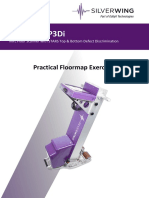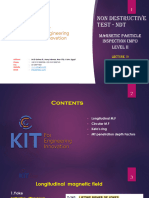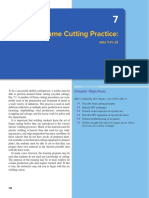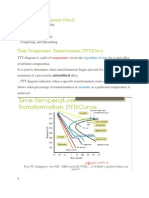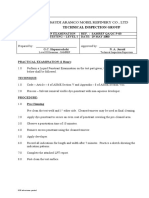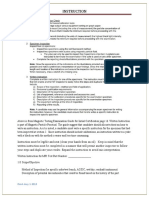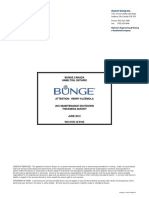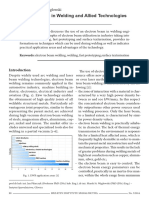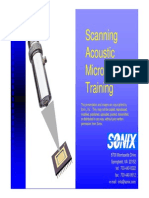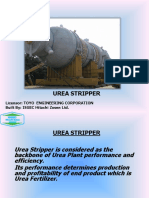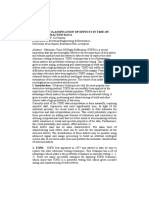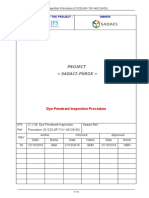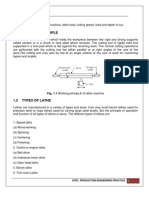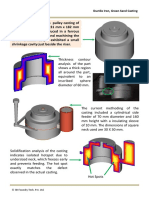0% found this document useful (0 votes)
272 views24 pagesVarious Forging Processes
This document discusses different types of forging processes. It describes smith forging or open die forging which uses flat dies and manual tooling to produce workpieces with less accuracy than other methods. Impression die forging uses cavities in dies to produce forged shapes in large quantities, including drop forging, press forging, and machine forging. Closed die forging uses matching upper and lower dies to precisely shape heated metal. Hand forging is done manually with hammers, while power forging uses mechanical hammers or presses to shape larger parts. Various power hammers and presses are also outlined.
Uploaded by
HeetCopyright
© © All Rights Reserved
We take content rights seriously. If you suspect this is your content, claim it here.
Available Formats
Download as PDF, TXT or read online on Scribd
0% found this document useful (0 votes)
272 views24 pagesVarious Forging Processes
This document discusses different types of forging processes. It describes smith forging or open die forging which uses flat dies and manual tooling to produce workpieces with less accuracy than other methods. Impression die forging uses cavities in dies to produce forged shapes in large quantities, including drop forging, press forging, and machine forging. Closed die forging uses matching upper and lower dies to precisely shape heated metal. Hand forging is done manually with hammers, while power forging uses mechanical hammers or presses to shape larger parts. Various power hammers and presses are also outlined.
Uploaded by
HeetCopyright
© © All Rights Reserved
We take content rights seriously. If you suspect this is your content, claim it here.
Available Formats
Download as PDF, TXT or read online on Scribd
/ 24






